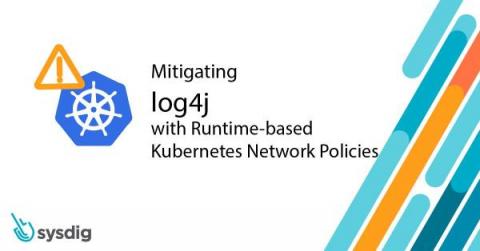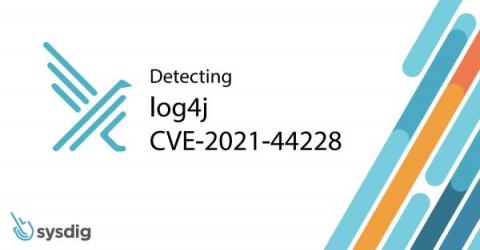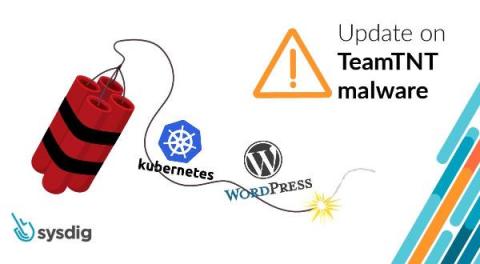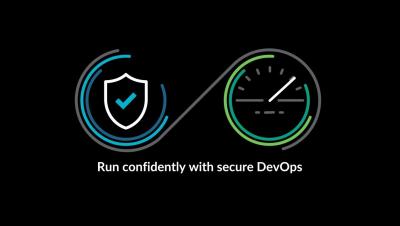Exploiting, Mitigating, and Detecting CVE-2021-44228: Log4j Remote Code Execution (RCE)
A new critical vulnerability has been found in log4j, a widely-used open-source utility used to generate logs inside java applications. The vulnerability CVE-2021-44228, also known as Log4Shell, permits a Remote Code Execution (RCE) allowing the attackers to execute arbitrary code on the host. The log4j utility is popular and used by a huge number of applications and companies, including the famous game Minecraft.











